Aussie AI Blog
Debugging OpenAI Node.js API Integrations
-
January 21, 2025
-
by David Spuler, Ph.D.
Debugging OpenAI and Node.JS
I had the joy of fighting against Node.js error messages when I was extending our OpenAI API integration. Using Node.js as a wrapper for the OpenAI API is easy to do, but I found a few wrinkles and so I thought I'd write them up.
The main time-sucking debug issues that I came across were Node.js errors that stopped the requests actually going to the OpenAI endpoints:
SyntaxError: OpenAI is not a constructorSyntaxError: Cannot use import statement outside a module
If you've found this article from Googling an error message, hopefully I can save you a few cycles!
Internet Information Problems
Researching glitches in the OpenAI API on the internet is problematic because:
- There are two different versions (v3 and v4)
- The information is outdated.
Here's what the start of a V4 script looks like:
import OpenAI from 'openai'; // V4
const openai = new OpenAI({
apiKey: 'sk-ETC-ETC',
});
The problem was I kept getting this error:
SyntaxError: Cannot use import statement outside a module
In trying to resolve this issue, I tried a number of reversions to V3 syntax,
mostly using the "require" statement.
Here's one version that didn't work:
const OpenAI = require('openai'); // Failed
Here's another failing one with a destructuring assignment (the curly braces on the left side):
const { OpenAI } = require("openai"); // Failed
And yet another failure:
const OpenAI = require('openai').OpenAI; // Failed
Alas, none of that V3 stuff worked!
... Several hours later...
Solved! The solution is to do the following:
- Leave the code in the V4 "
import" syntax (see example above) - Don't use the "
require" syntax (from V3) - Do proper management of your "application" in Node.js package management.
package.json file so that Node.js knows it's a module.
To do this, you need to do:
- Find the nearest relevant file called "
package.json" - Ensure its JSON object has a line:
"type": "module",(including the comma)
Note that "nearest" is an important word.
Make sure you know where your box is running the "node" command,
because its working directory matters!
OpenAI API V3 Versus V4
OpenAI version 4 changed the syntax, so you can look at some code, or an online article, and know if it's old-style with V3 code. The main differences are:
- Initialization and configuration with "
import" versus "require" (as above) - Response object needs "
messages" parameters (with a "role"), whereas V3 had a single "prompt" parameter. - Sending the request uses "
chat.completions.create" API rather than "createCompletion" or "createChatCompletion"
Here's the V3 style for "createCompletion" call:
const gptresponse = await openai.createCompletion(requestobj); // V3
The V4 style uses more dots:
const gptresponse = await openai.chat.completions.create(requestobj); // V4
Setting up the input prompt text in requestobj is:
requestobj.prompt = 'xxxx'; // V3
Or using an initialization:
var fulltext = 'xxxx';
var requestobj = {
model: "gpt-4o",
prompt: fulltext, // Full prompt (V3)
temperature: 0,
max_tokens: 1000,
};
The V4 version has a "messages" parameter with a "role" subparameter:
messages: [{ role: 'user', content: fulltext}],
With the full initialization in V4:
var requestobj = {
model: "gpt-4o",
messages: [{ role: 'user', content: fulltext}], // Full prompt (V4)
temperature: 0,
max_tokens: 1000,
};
Old OpenAI Packages
The way that Node.js packages work is on a per-directory basis.
They are managed by npm in the current directory.
Although this is very convenient, it can mean several problems:
- Copying files is not advisable, and
- Multiple copies can exist in different subdirectories, and
- Each of these copies might be a different version (yay!).
If you aren't watching them carefully, your Javascript files can conspire against you like a lifeform based on congealed spaghetti. I had at least three areas with subdirectories containing Node.js packages:
- Scratch area
- Build/test area
- Production boxes
It sounds like a good solution would be to use file copying to ensure each of these areas are exactly the same versions of the packages.
Not so fast!
It's not that easy to do a deployment of Node.js packages
from test to production by copying the files.
Rather, you probably have to use npm multiple times,
once per directory.
Maybe there's some better practices that allow the copying
of packages without calling the package manager, but I'm not there yet.
OpenAI is not a constructor error
Anyway, the reason I know more about this today than I did yesterday is a gnarly bug I had. I was getting this error message from Node.js:
TypeError: OpenAI is not a constructor
The offending Javascript code was:
import OpenAI from 'openai'; // V4 version
const openai = new OpenAI({
apiKey: 'sk-ETC-ETC',
});
After some glorious internet researching on Stack Overflow, along with some not very useful AI answers, it seemed that this was a bug in V3 of the OpenAI API, and it should have been fixed. Long story short, and I do mean long, the problem was:
- One directory had OpenAI package v4.79
- Another directory from a year ago still had OpenAI package 3.3
What could possibly go wrong?
Fixing the OpenAI Package Version
So, the solution was to upgrade everything properly to OpenAI V4 API. It's important to note that each subdirectory may have a whole slew of its own npm packages. It's not one per system or anything like that. Each directory can be its own "project" and have lots of packages.
You can review the versions of the OpenAI package via:
cd thedir npm list
If you've got a lot of packages, use:
npm list | grep openai
I'm sure you can guess which one was causing my bug. Note that a simple "update" command didn't seem to fix it:
cd thedir
npm update
And it only seemed to fix when I did a "re-install" of the OpenAI package:
cd thedir
npm uninstall openai
npm install openai
Immediately after that, it worked!
More AI Research Topics
Read more about:
AI Books from Aussie AI
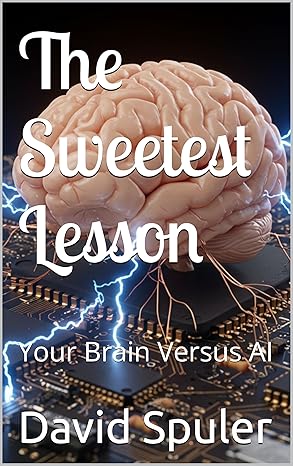
|
The Sweetest Lesson: Your Brain Versus AI: new book on AI intelligence theory:
Get your copy from Amazon: The Sweetest Lesson |
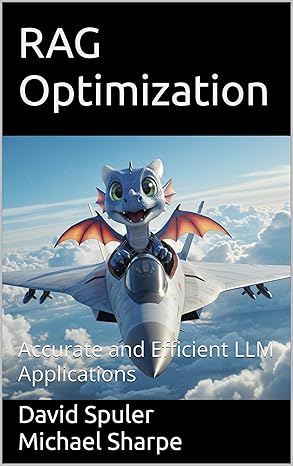
|
RAG Optimization: Accurate and Efficient LLM Applications:
new book on RAG architectures:
Get your copy from Amazon: RAG Optimization |
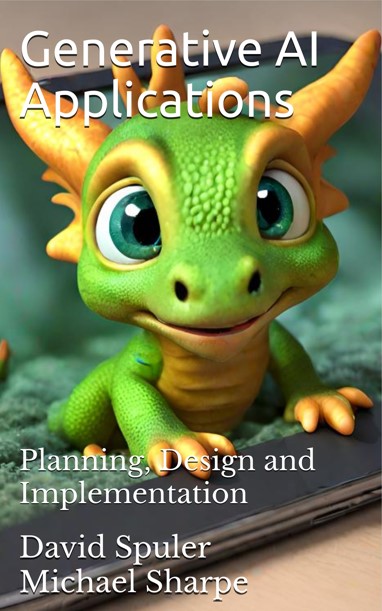
|
Generative AI Applications book:
Get your copy from Amazon: Generative AI Applications |
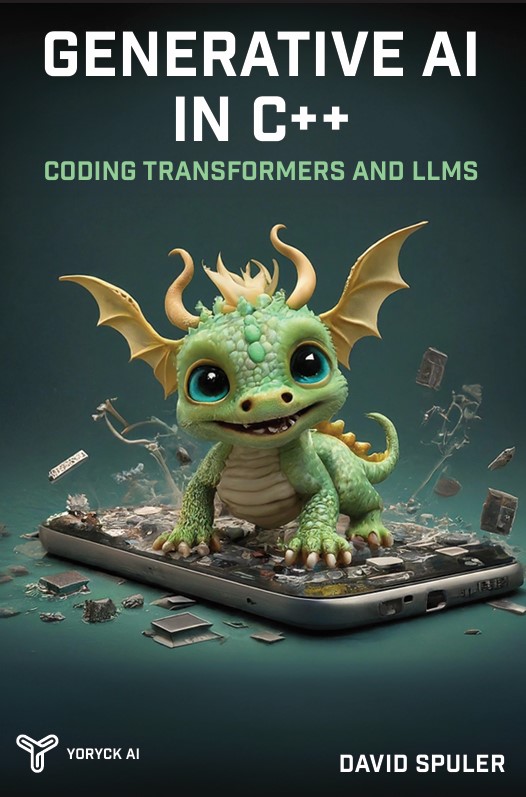
|
Generative AI programming book:
Get your copy from Amazon: Generative AI in C++ |
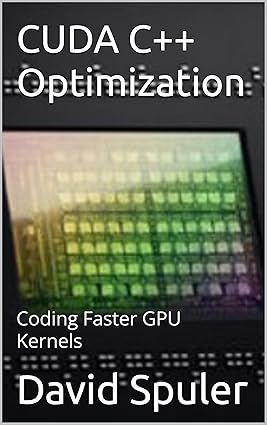
|
CUDA C++ Optimization book:
Get your copy from Amazon: CUDA C++ Optimization |

|
CUDA C++ Debugging book:
Get your copy from Amazon: CUDA C++ Debugging |